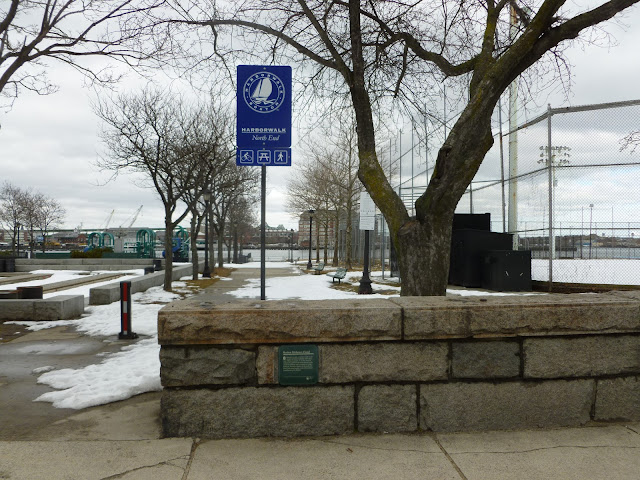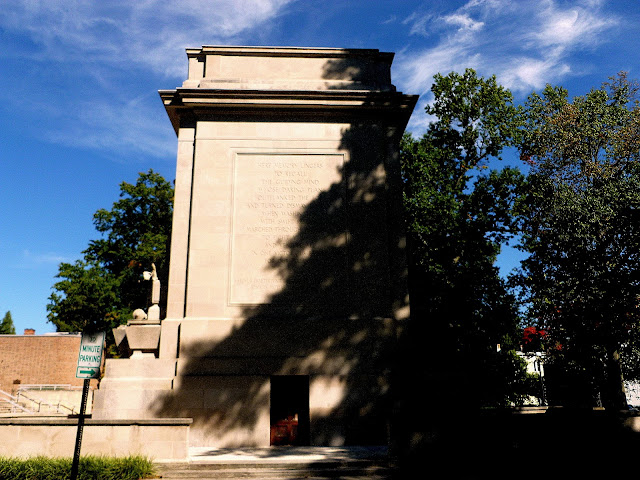Boston Molasses Flood Plaque
Boston, MA
N 42° 22.097 W 071° 03.326
Short Description:
A plaque, placed by the Bostonian Society, commemorating the Boston Molasses Flood is located at the north entrance to the Harborwalk at 529 Commercial Street in the North End of Boston, MA.
Long Description:
A green plaque attached to a stone wall commemorating the Great Boston Molassas Flood is inscribed:
Boston Molasses Flood
On January 15, 1919, a molasses tank at 529
Commercial Street exploded under pre-
ssure, killing 21 people. A 40-foot wave of
molasses buckled the elevated railroad tracks,
crushed buildings and inundated the neigh-
borhood. Structural defects in the tank com-
bined with unseasonably warm temperatures
contributed to the disaster.
------------------------------------------
The
Bostonian
Society
The Boston Molasses Flood is one of the most unusual disasters ever to occur. On January 15, 1919, in the North End of Boston, MA, a 2,300,000 gallon, 8,700 m3, molasses storage tank, owned by the Purity Distilling Company, exploded. In seconds, the tank emptied and a wave of molasses rushed through the streets at an estimated 35 mph, 56 km/h, killing 21 and injuring 150.
On that day the temperature rose above 40° F, 4.5 C and pressure built inside the tank. Rivets broke loose and shot out from the poorly constructed storage tank, unleashing a 40' wave of molasses. The elevated railroad tracks buckled and buildings were swept off their foundations and crushed. The city streets were flooded to a depth of 2' to 3'. People and horse were ensnared in the sticky molasses and could not escape. It took 300 people nearly two weeks to remove the molasses from the streets. Molasses remained in the harbor until summer.
The following is an alphabetical listing of those who died in the accident:
Patrick Breen, 44 - Laborer
William Brogan, 61 - Teamster
Bridget Clougherty, 65 - Homemaker
Stephen Clougherty, 34 - Unemployed
John Callahan 43, - Paver
Maria Di Stasio, 10 - Child
William Duffy, 58 - Laborer
Peter Francis, 64 - Blacksmith
Flaminio Gallerani, 37 - Driver
Pasquale Iantosca, 10 - Child
James H. Kinneally, ? - Laborer
Eric Laird, 17 - Teamster
George Layhe, 38 - Firefighter
James Lennon, 64 - Teamster/Motorman
Ralph Martin, 21 - Driver
James McMullen, 46 - Foreman
Cesar Nicolo, 32 - Expressman
Thomas Noonan, 43 - Longshoreman
Peter Shaughnessy, 18 - Teamster
John M. Seiberlich, 69 - Blacksmith
Michael Sinnott, 76 - Messenger






